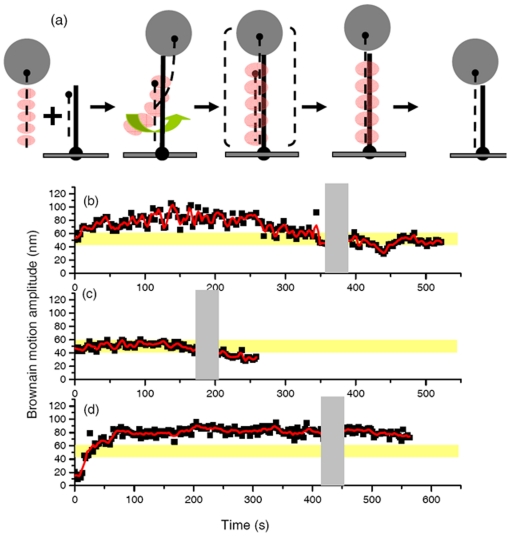Figure 1. “Invading strand” experiment indicates the pairing and strand exchange process mediated by RecA recombinases.
(a). Experimental design. The surface-bound DNA is the hybrid 427/352 nt DNA. The longer DNA strand has 40 and 35 nucleotides of single stranded DNA at the 5′ and 3′ ends, respectively. The invading ssDNA is fully complementary to the long ssDNA bound to the surface, and is labeled with a streptavidin bead at its 5′ end. The arrowhead indicates the 5′ end of DNA strand. (b). Time-course for successful strand exchange. The gray shaded area around 350–380 s indicates the buffer wash. The Brownian motion amplitude of the final product of duplex 427 bp DNA is shown by the yellow shaded bar. (c). Successful RecA-mediated strand exchange reaction using the shorter 229/149nt hybrid DNA (with 40 nts of ssDNA on each end) on the surface with the invading 229 nt ssDNA. The final product is fully 229 bp dsDNA, with a smaller Brownian motion. (d). RecA-mediated strand exchange reaction using 427/352 nt DNA substrate with ATPγS as cofactor. The Brownian motion remains at a higher BM value even after extensive buffer wash.

